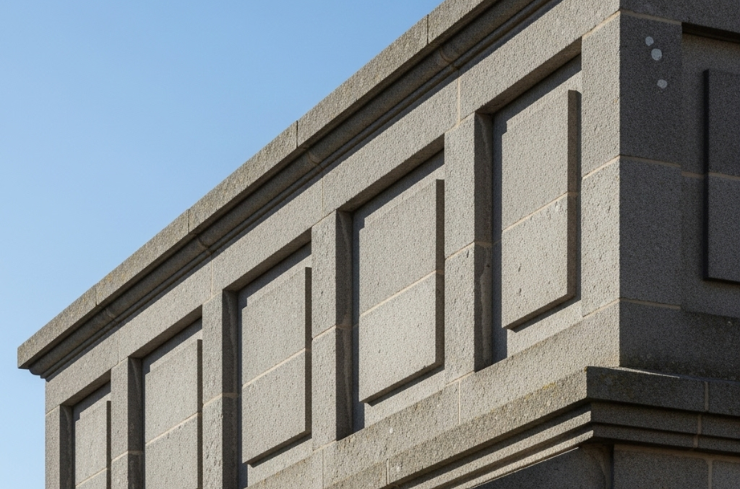What Is a Parapet Wall and What Does It Do?

How Can You Tell If Your Parapet Wall Needs Some Attention?
Are you a homeowner who has ever glanced up at the edge of a roof and noticed a small wall sitting on top of it? That little feature is called a parapet wall. At first, it might look like just an extra piece of brick or stone, but it has been an important part of building design for hundreds of years. Did you know that parapet walls were once built for protection during battles and have since become a standard part of modern construction for safety and style?
On this blog, we will talk about what parapet walls actually do, the different types you might see, and the benefits they bring to a building. We will also cover what can cause damage, the signs to watch out for, and why taking care of them is so important. By the end, you will see that these small walls are not just decoration. They are quiet protectors that work hard to keep buildings safe, strong, and looking their best.
The Different Types of Parapet Walls
Plain Parapet Walls
These are simple and straight. They give a roof a clean and finished look.
Perforated Parapet Walls
These walls have openings or designs cut into them. They look decorative and also allow air to pass through.
Embattled Parapet Walls
These look like something from an old castle, with notches at the top. In the past they were used for defense. Today they are mostly for style.
Paneled Parapet Walls
These walls have panels or raised sections that make them look more detailed and decorative.
What Are The Safety Benefits?
Parapet walls are not just there to make a building look good. They also serve important safety purposes.
- They act like a guardrail to prevent falls from the roof.
- They slow down the spread of fire from one building to another.
- They protect the roof from strong winds that can lift materials.
- They help direct water away from walls to prevent leaks.
In short, they work quietly in the background to keep both people and buildings safer.
What Do They Look Like?
From the street, parapet walls are easy to spot. They usually rise a few feet above the roof. Many are finished with coping stones on top to keep water out. Some are plain and simple, while others have decorative designs. Either way, they give a building a more complete and polished appearance.
Common Causes of Parapet Wall Damage
Since parapet walls are always exposed to weather, they can get damaged over time.
Here are some common reasons:
- Moisture from rain or snow can seep into cracks and cause damage.
- Temperature changes make materials expand and shrink, which puts stress on the wall.
- Poor construction means the wall was not built properly to last.
- Lack of maintenance allows small issues to grow into big problems.
- Signs That Your Parapet Wall Needs Repair
It is a good idea to check your parapet wall from time to time.
Here are signs that it might need repair:
- Visible cracks in bricks or mortar joints
- Leaning or bulging sections
- Spalling bricks (surface flaking or peeling)
- Rust stains (indicating corroded wall ties or reinforcements)
- Efflorescence (white salt deposits on the surface)
- Water stains or mold inside adjacent walls
- Missing or damaged coping stones
A parapet wall may seem like just a small feature on top of a building, but it carries a lot of responsibility. It helps keep people safe, shields the roof from wind and water, slows down the spread of fire, and gives the entire structure a polished look. When it is cared for with simple maintenance and timely repairs, a parapet wall can serve its purpose for many years without trouble. So the next time you notice one while walking by a home, a shop, or even a tall building, you will know it is not just there for looks. It is a hardworking part of the design that quietly protects both the building and the people around it, making it one of those details that truly deserves a little appreciation.
If your parapet wall is showing signs of damage or you just want to keep it in good shape, Pyramid Pro Masonry Services can help. Our team knows how to repair and maintain masonry so your building stays safe and looks its best for years to come.





0 Comments